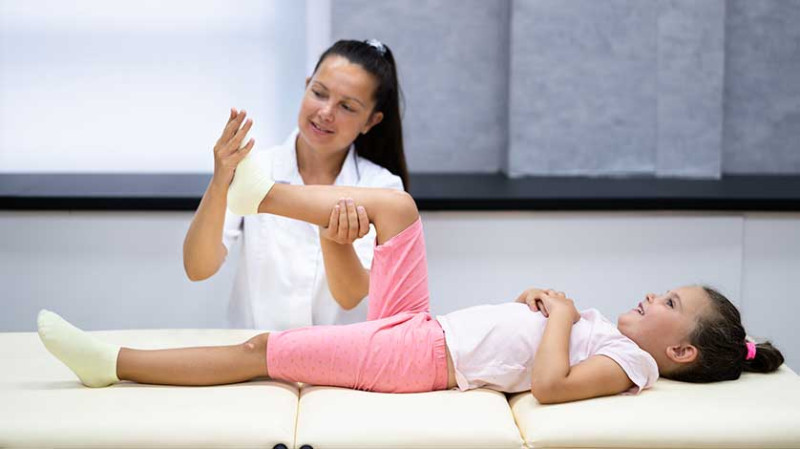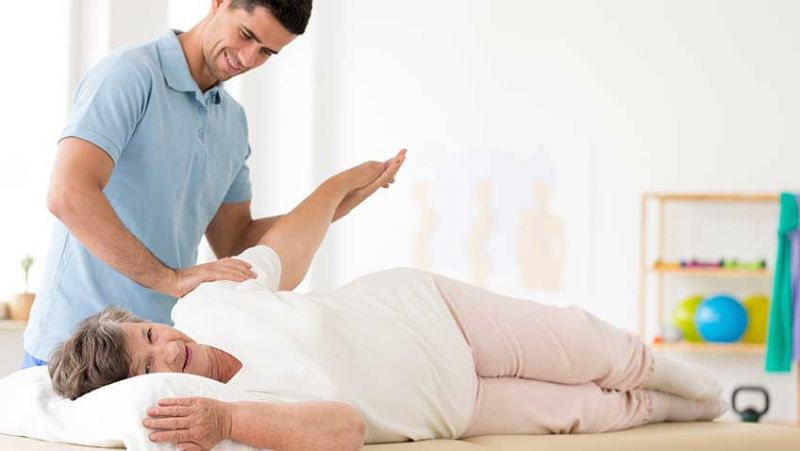
Physical therapy is a crucial support tool in the development and rehabilitation of children experiencing delays or difficulties in movement, coordination, balance, or muscle function. Whether a child is born with a congenital condition or experiences developmental challenges due to injury or illness, paediatric physical therapy can significantly improve their quality of life. In this comprehensive guide, we’ll explore the various conditions that benefit from physical therapy in children, the types of treatments used, and real-world improvements often seen before and after therapy begins.
Why Physical Therapy Is Important for Children
Growing bodies are constantly changing. For children with neurological, neuromuscular, or orthopedic challenges, these changes can bring about motor deficiencies or delays that affect everyday functioning and learning. Physical therapy helps address these challenges head-on, applying targeted strategies to foster better strength, movement, endurance, and overall coordination.
The early years of life are a critical period when children develop their basic motor skills. Helping them achieve the milestones of crawling, walking, or fine motor activities like grasping or handwriting can be life-changing. Physical therapists are uniquely trained to identify abnormalities and provide child-centric interventions tailored to individual needs.
In the United Kingdom, physical therapy is widely accessible through both NHS providers and private clinics, ensuring that children in urban areas such as London, Manchester, and Birmingham, as well as those in rural communities, have access to the care they need.
Physical therapy doesn’t just assist with mobility; it can dramatically help with posture, coordination, pain reduction, and even behavioural outcomes. A happier, more mobile child is more likely to engage with peers, attend school confidently, and develop critical social and emotional skills.
Common Conditions Treated by Paediatric Physical Therapists
A wide range of conditions in children can be effectively managed with physical therapy. While no two children are the same, and treatment is always personalised, here are some common medical and developmental concerns where physical therapy plays a leading role:
- Cerebral Palsy (CP): CP is a group of disorders affecting movement and muscle tone due to injury or abnormal development in the immature brain. Children with CP often benefit from therapy focused on muscle strengthening, flexibility, posture, and use of mobility aids.
- Developmental Delays: Some children may reach key developmental milestones (sitting, crawling, walking) later than expected. Therapy helps accelerate motor learning and supports alignment with typical developmental timelines.
- Muscular Dystrophy: A group of genetic diseases that cause progressive weakness and loss of muscle mass, muscular dystrophy is managed with exercises that maintain muscle strength and delay progression.
- Spina Bifida: A spinal condition resulting in nerve damage, where therapy aids in joint mobility, wheelchair use training, and prevention of secondary complications like scoliosis.
- Torticollis and Plagiocephaly: Infants with tight neck muscles or head-shape abnormalities respond well to gentle repositioning exercises and stretches guided by physical therapists.
- Toe Walking and Gait Abnormalities: Some children habitually walk on their toes or walk awkwardly. Therapy aims at improving ankle strength, flexibility, and promoting proper walking patterns.
- Arthritis and Orthopaedic Conditions: Juvenile arthritis and post-traumatic injuries from sports or accidents can cause stiffness and pain, benefitting from targeted mobility and pain-reduction strategies.
How Physical Therapy Works: The Process Explained
The process begins with a thorough assessment, where the therapist evaluates the child’s movement patterns, posture, muscle strength, balance, and range of motion. This evaluation helps identify deficits that may be impacting the child’s functionality.
Once assessment results are reviewed, a goal-driven treatment plan is created in collaboration with the child’s parents or carers. Frequent therapy sessions—ranging from once to multiple times a week—keep the child engaged in prescribed exercises and activities carefully designed to improve mobility and coordination.
Therapy sessions for children often integrate playful methods, using games, toys, and imagination to maintain interest and participation. This approach is especially important for younger children with short attention spans or sensory issues.
Physical therapists also educate families. They ensure exercises are replicated at home which increases the consistency and effectiveness of the programme. Family involvement is one of the most critical factors in the long-term success of therapy.
Therapists may also recommend assistive aids such as walkers, orthotics, or special seating arrangements to support the child’s therapy at home and in school.
Before and After Physical Therapy: What to Expect
One of the most encouraging aspects of paediatric physical therapy is the observable improvement in children's motor skills, confidence, and independence. While the timeline and scope of progress vary from child to child, below is a typical comparison of child development before and after therapy intervention:
| Aspect | Before Therapy | After Therapy |
|---|---|---|
| Gross Motor Skills | Delayed walking, crawling, or sitting; poor coordination | Improved walking abilities; better coordination and balance |
| Posture & Alignment | Slouching, toe walking or asymmetrical posture | Neutral spine, improved sitting and standing posture |
| Muscle Tone & Strength | Weak muscles, floppy limbs, fatigue during activity | Better endurance and stronger, more stable muscles |
| Flexibility | Tight joints or limited range of motion | Increased flexibility and greater freedom of movement |
| Mobility & Independence | Dependence on carers for basic movement | Improved ability to self-mobilise, including walking or wheelchair use |
| Self-Confidence | Frustration, avoidance of play or group activity | Increased participation in school & playtime |
Parents often describe seeing their children happier and more engaged following therapy. Achieving physical milestones can bring a profound boost in confidence, leading to improved social development and academic engagement in many cases.
Choosing the Right Physical Therapist for Your Child
In the UK, it’s important to work with a chartered paediatric physical therapist who has the right qualifications and experience with children. Consider therapists who are registered with the Health and Care Professions Council (HCPC) and are members of the Chartered Society of Physiotherapy (CSP).
When choosing a clinic, ask about their experience with your child’s specific condition, the goals they usually target for children at similar stages, and their approach to home support. Also, ask about telehealth services if travel to the clinic is a concern.
Many therapists work closely with schools, NHS paediatricians, and other healthcare professionals to deliver cohesive, integrated support for your child, ensuring consistency across all areas of development.
Final Thoughts
Physical therapy offers children a promising path to achieving functional independence and greater enjoyment of life. By addressing critical mobility and developmental needs early, therapy provides a strong foundation for success now and into adulthood.
If you are concerned about your child’s physical development, don’t wait. The sooner therapy begins, the more effective it can be. Speak with your GP or a paediatric physiotherapist to explore the best treatment options tailored to your child’s specific needs.
Providing children with the tools they need to thrive physically leads to stronger families, more inclusive schools, and a healthier society—one small step, stretch, or hop at a time.



